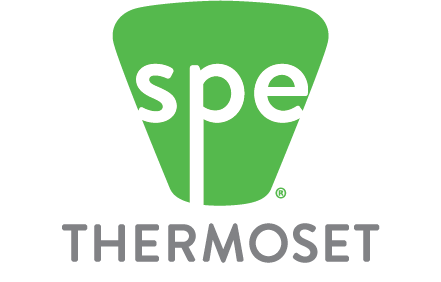Thermosets
Crosslinking Valuable Resources
Innovative Tech
Thermoset Technology
How Do Thermosets Measure Against Competitive Materials?
Thermosets are ideal materials for the replacement of traditional solutions such as metal, ceramic and engineering thermoplastic. Injection and compression moldable, they provide design freedom as well as a full range of properties, colors and high quality finishes.
Thermosets are materials which remain in a permanent solid state after being cured once. Polymers within the material ‘cross-link’ during the curing process to create an irreversible bond. This means that thermosets will not melt, even when exposed to extremely high temperatures…unlike thermoplastics. Thermosets will withstand heat and extreme cold and will not warp or lose their shape. They are ideal for applications that will be used in harsh climates / environments that experience regular variation in temperature.
Thermosets have excellent ‘flow’, which makes for easier molding and shorter cycle times. In addition, it allows for the creation of larger and / or more complex parts, along with part consolidation and varied wall thicknesses.. Dimensionally stable and structurally sound, impact resistance and strength are inherent traits of this material. They can be further strengthened during mixing with reinforcement materials such as fiberglass, carbon and Kevlar. Chemical resistance, dielectric and insulative properties add to thermosets’ desirability and durability and they are a top choice for watercraft, insulation, medical and food contact applications.
Finally, aesthetics need not be compromised with thermoset materials. Specialty finishes, coatings and molded-in high gloss colors offer innovative and attractive options.
Thermosets are lighter in weight and more impact resistant than porcelain. They also offer excellent electrically insulative properties..
Thermosets are a lightweight, high modulus alternative to metal solutions. Part consolidation, enhanced yield and extended tool life are also benefits of thermosetting materials,

Automotive Lightweighting

Metal
Replacement

Medical
Appliances

Outdoor
Applications
The Advantages To
Thermoset Materials
Heat Resistance
Irreversible, molecular cross linking chemistry provides room temperature performance & creep resistance at elevated temperatures.
